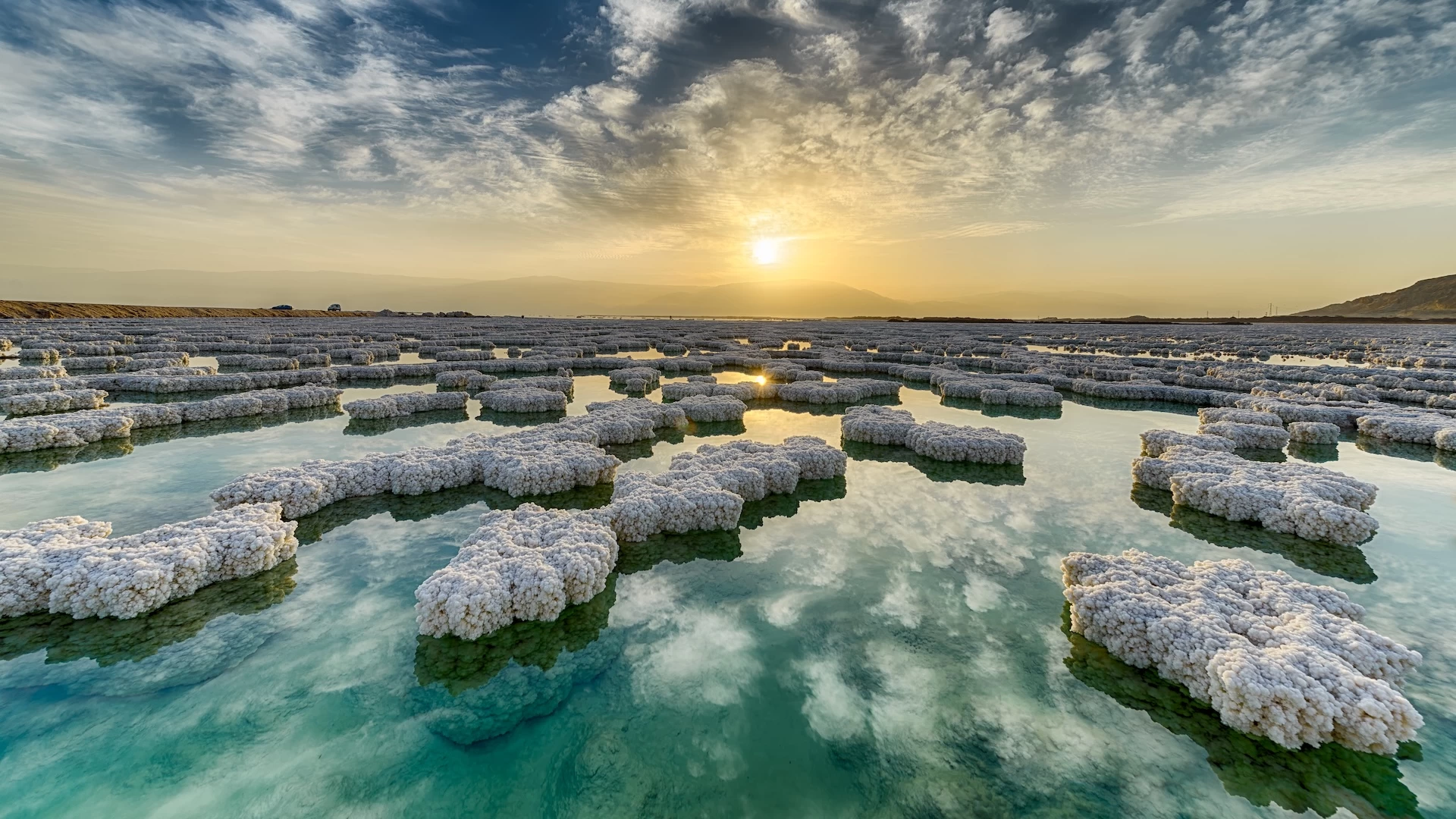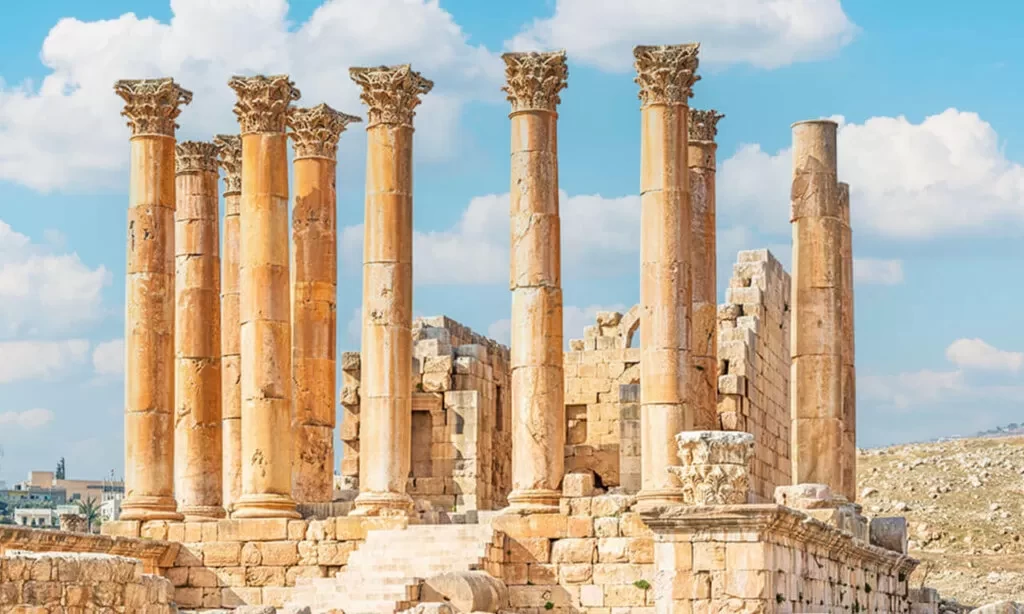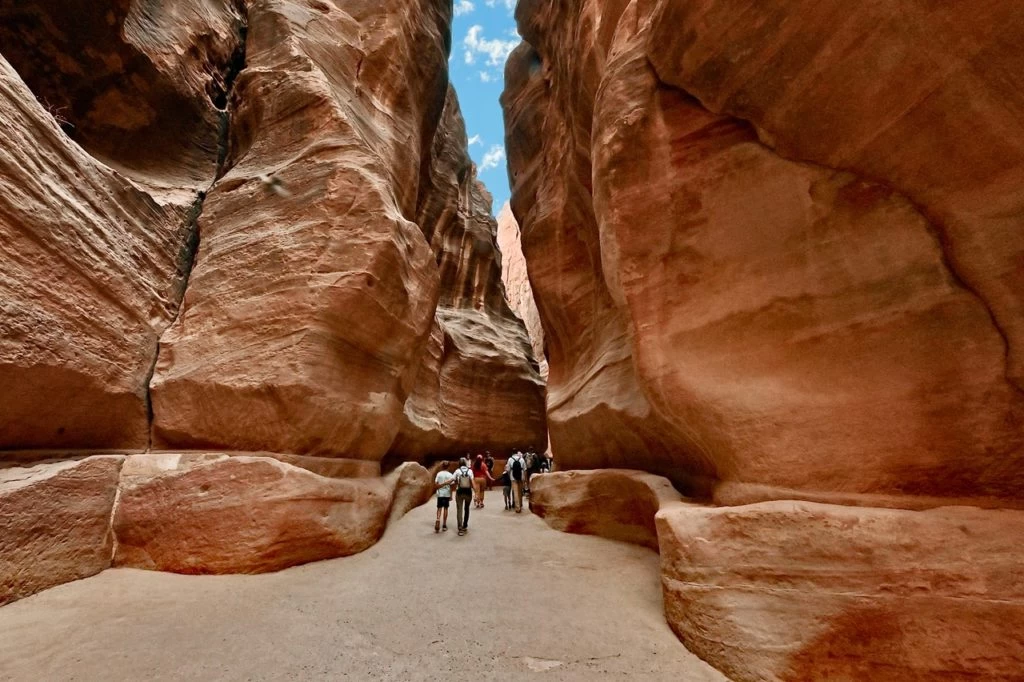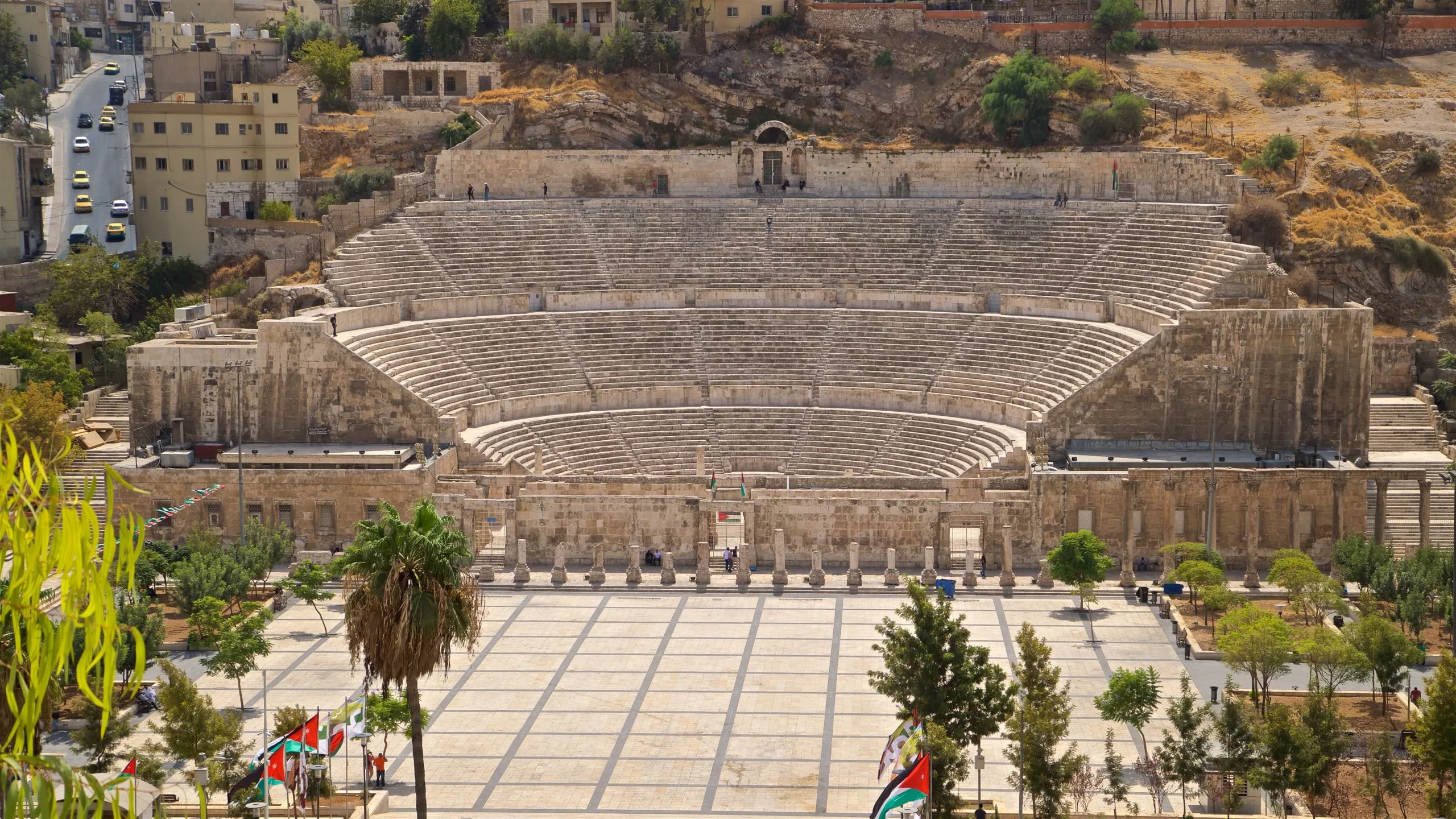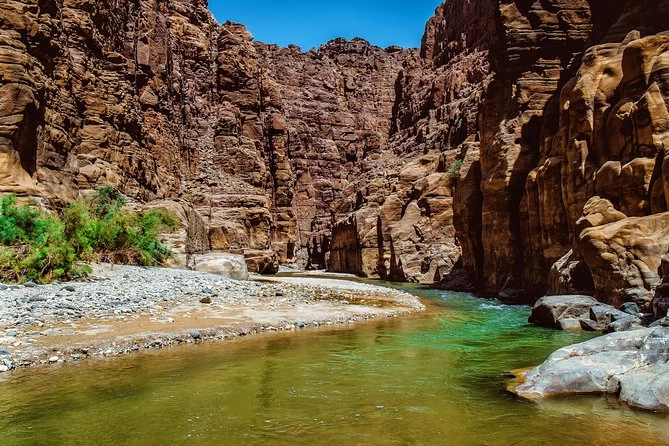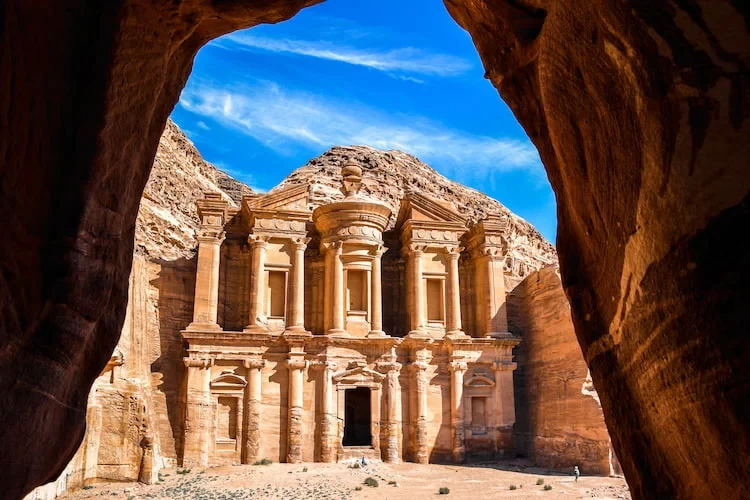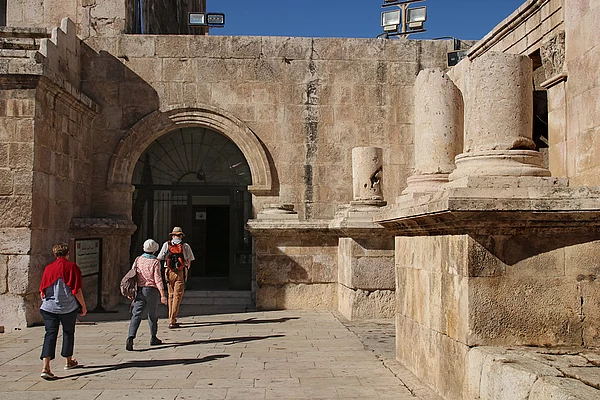Discover Ajloun Forest Reserve
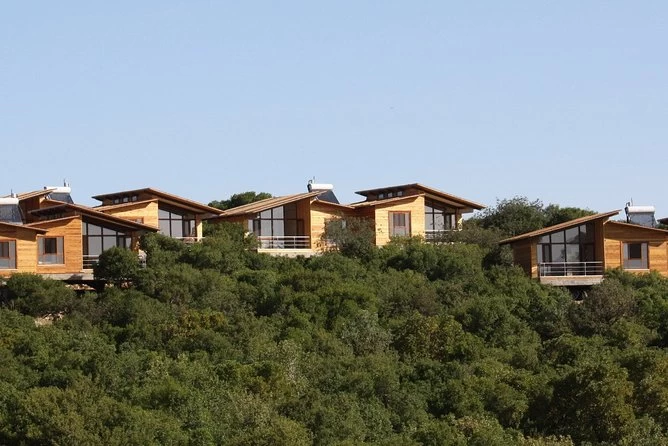
Ajloun Forest Reserve – Jordan’s Hidden Natural Paradise
The impression of Jordan as an ancient ruin and the only places will have to be changed. The Ajloun Forest Reserve, which is located in the northern highlands, offers a totally different experience—a lush, green escape full of oak woodlands, rolling hills, and rich biodiversity. The Royal Society for the Conservation of Nature (RSCN) manages this 13-square-kilometer reserve, and it is one of the most peaceful eco-destinations that you can find in Jordan. Thus, it is ideal for nature lovers, hikers, and people who want to escape the busy city life and enjoy tranquility.
The Ajloun Forest Reserve was created in 1987 to protect the unique ecosystems and wild animals of the area. Besides the dense oak and pine forests, the reserve also has wild pistachio and strawberry trees, which all together create a cool and refreshing microclimate that sharply contrasts with the arid environment of Jordan. If you are an animal lover, you will be really happy to know that the reserve is home to a variety of animal species, such as wild boars, red foxes, hyenas, porcupines, and more than 90 species of birds. Actually, the reserve is very important for the reforestation of Jordan and the protection of endangered species.
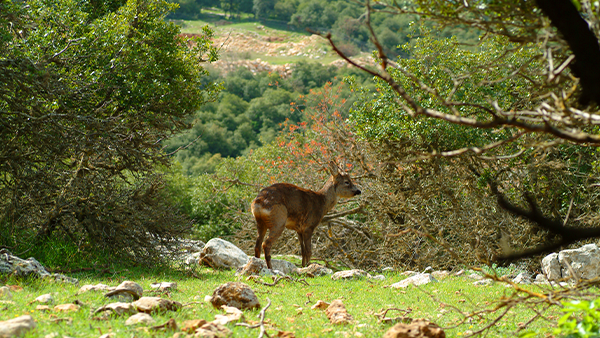
Trails and Eco-Adventures in Ajloun
Hiking is, without a doubt, the best way to enjoy Ajloun's nature in its splendor. The nature reserve offers a variety of trails that are all clearly marked and can be used by anyone, from untrained folks to the highly skilled ones:
The Ajloun Houses Trail (2-3 hours): The most traveled path that takes you through villages, to places like the Soap House, the Biscuit House, and the House of Calligraphy, where you can take local crafts and community-based tourism tours - each showing different aspects of the local life.
The Roe Deer Trail: This trail has been named after the long-extinct Persian Roe Deer, whose gradual return to the reserve has been achieved through successful reintroduction.
The Soap House Trail: A shorter walk that is perfect for families and those who want to have a nature and local hospitality experience at the same time.
The forests and valleys that these hiking paths are laid upon not only provide breathtaking vistas over the Jordan Valley but also bring the local craftspeople closer to the tourists, thus fostering an eco-friendly type of tourism.
Eco-Lodges and Community Tourism
The RSCN has installed green hotels in the reserve, which are an option for the visitors to spend a night in nature. The Ajloun Cabins provide warm and comfortable rooms with stunning views of the forest, which is a perfect place for unwinding or stargazing at night.
The local community is the one that benefits the most from tourism—for example, local women's cooperatives produce soaps and sweets and sell them at the reserve, hence the women's markets are becoming a source of livelihood, thus they are being supported.
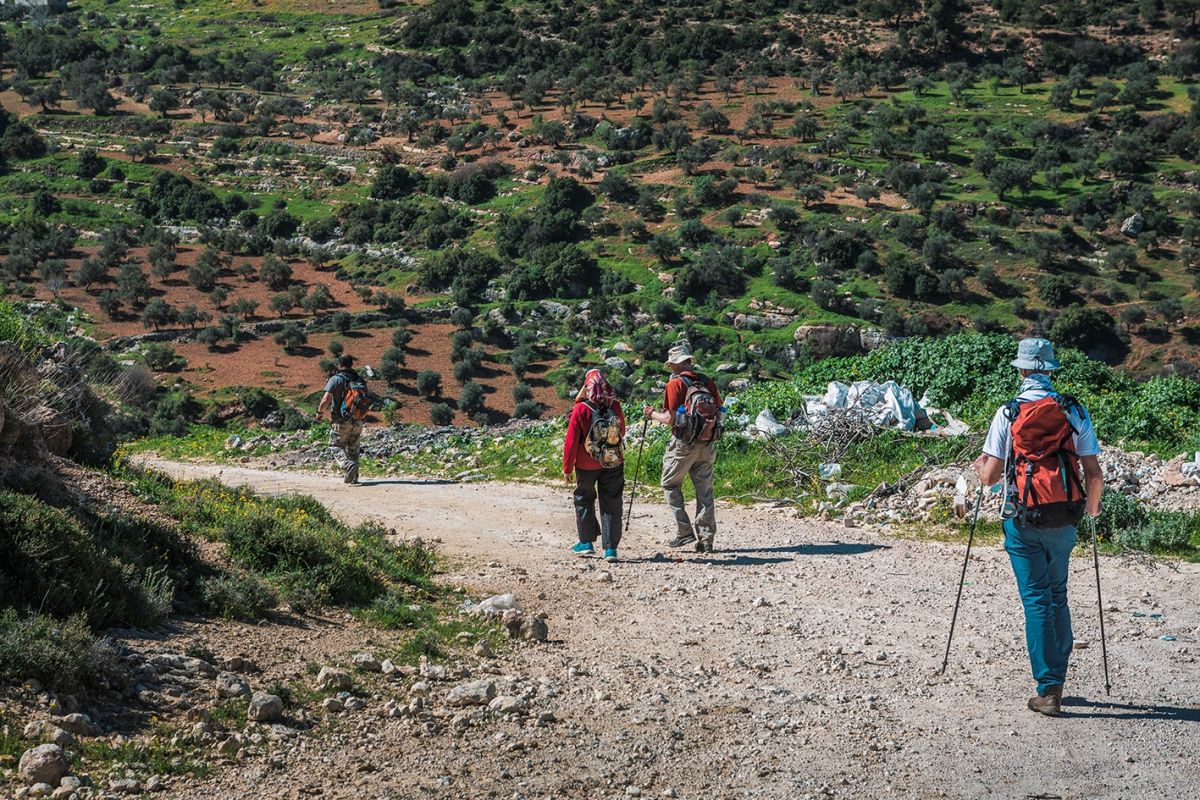
Frequently Asked Questions About Ajloun Forest Reserve
1. Where is the Ajloun Forest Reserve located?
The forest reserve is located approximately 76 km northwest of Amman, adjacent to the town of Ajloun, in northern Jordan.
2. How can I get to Ajloun Forest Reserve from Amman?
By car, the journey would take you around 1.5 hours. Public buses also run from the North Station in Amman to Ajloun town. Taxis can be hired to take you right into the reserve.
3. What are the things I can see and do in Ajloun Forest Reserve?
Hiking, bird-watching, picnicking, craft workshops, and staying at the eco-lodge are the most attractive things to do.
4. Is the Ajloun area kid-friendly?
Definitely! Easy trails and cultural workshops make it perfect for families with children.
5. What are the things that I need to have for my visit to Ajloun?
Please put on good hiking shoes and remember your sunscreen, insect repellent, hat, and reusable water bottle. If visiting in winter, do remember warm clothing.
6. Can you visit Ajloun Forest Reserve in a single day?
Yes, one can! Ajloun makes for a day trip from either Amman or Jerash; however, if one stays overnight, then one will be able to walk at dawn and watch the stars at night.
7. Is there an entrance charge?
There is a minor entrance fee that goes into conservation and local community projects managed by the RSCN.
